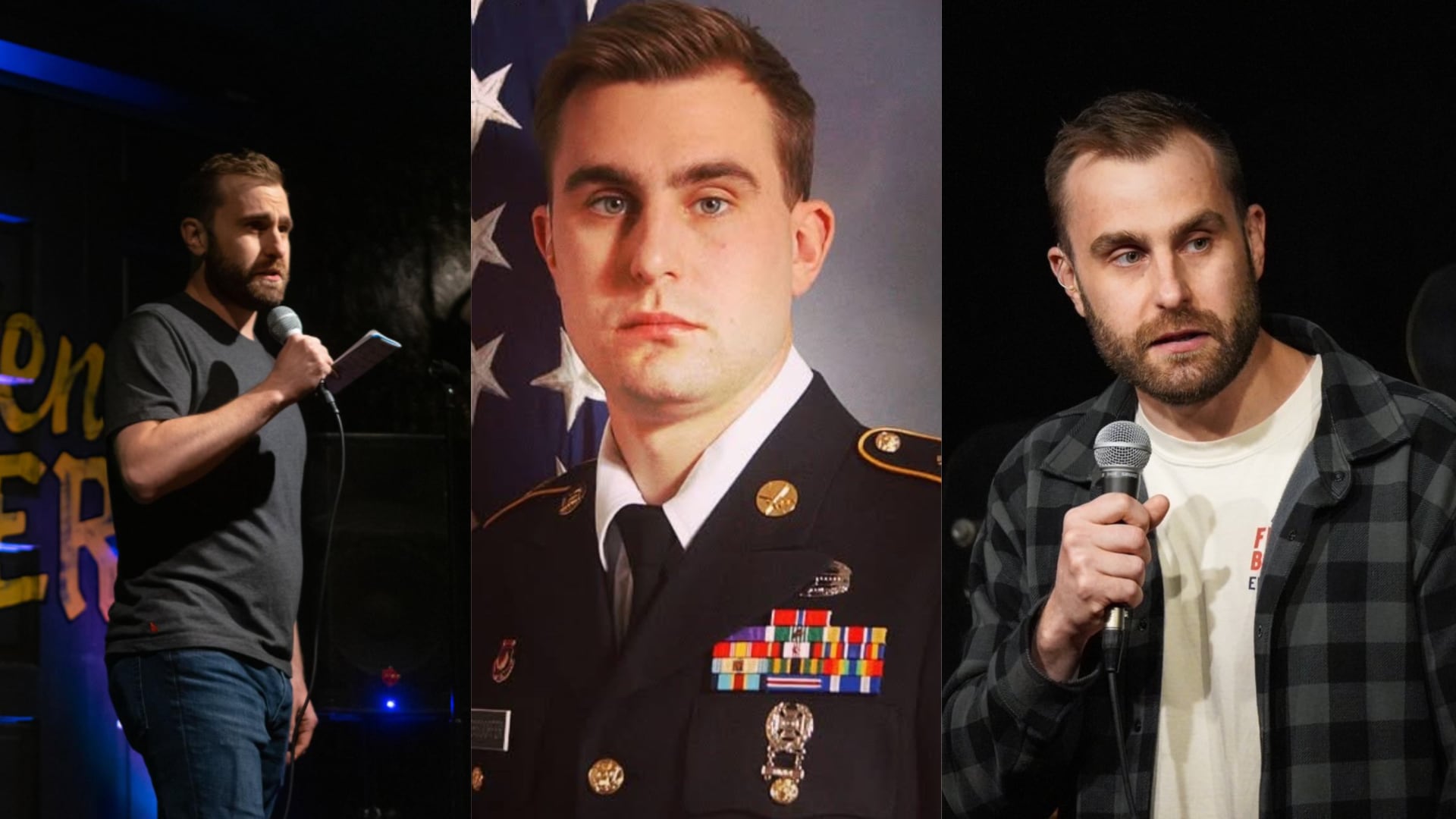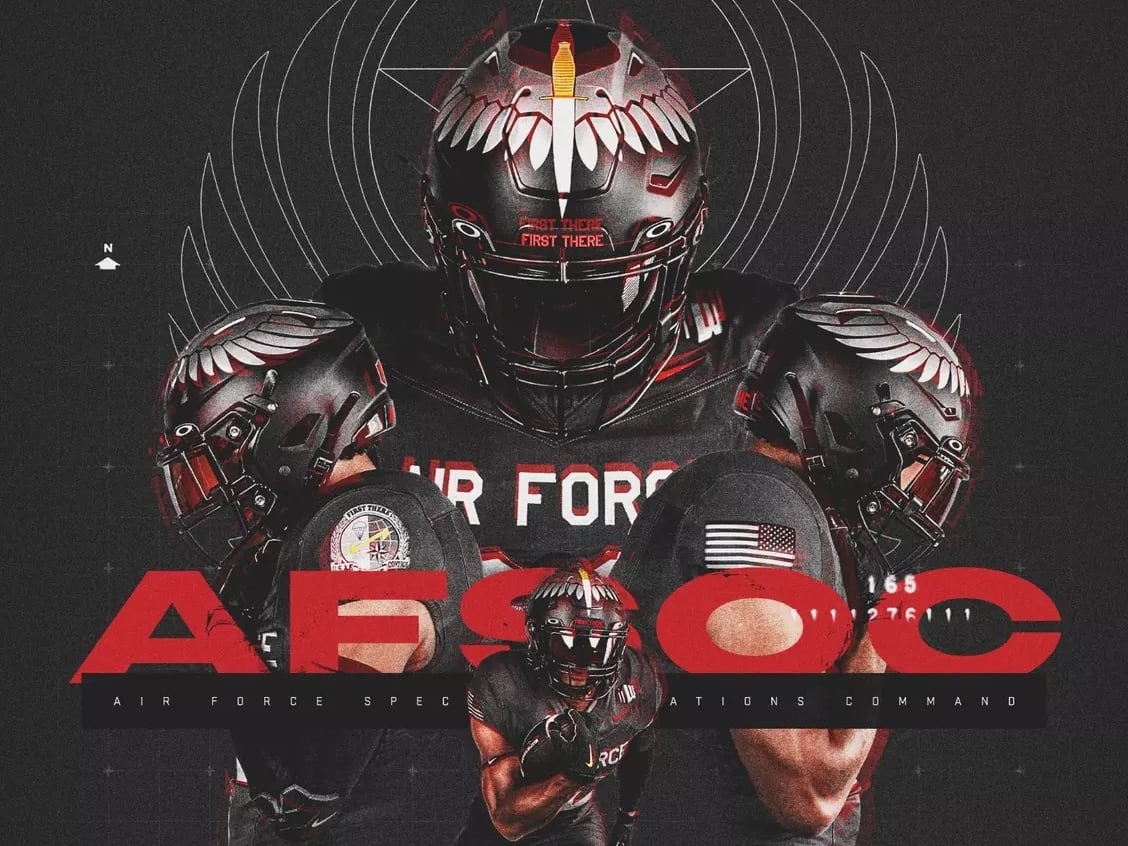Ukrainian President Volodymyr Zelenskyy has generated no shortage of eye-catching headlines and internationally celebrated propaganda in the months since Russia’s unprovoked invasion.
The olive drab-clad headman has been likened to military leaders of old, defiant in the face of a rare brand of barbarism that has now escalated to nuclear threats and the conscription of hundreds of thousands of grossly untrained and unequipped Russian reserves.
As has become his norm, Zelenskyy responded to such posturing with a withering verbal barrage, calling the Russian reserve mobilization “an attempt to provide commanders on the ground with a constant stream of cannon fodder.”
In a separate video released this week, Zelenskyy did his best to divert that stream into Russian tattoo shops, urging mobilized reserves to “get a tattoo with your name and surname so that we know how to find your relatives when you are killed.”
“The Russian authorities send people to this war without army [dog tags], often without documents!” Zelenskyy said. “They do this on purpose to make it easier to lie to you about how many people actually die here. This is their special operation.”
And while Zelenskyy’s statement will undoubtedly douse gasoline onto Ukraine’s already-roaring propaganda inferno, the suggestion is not abnormal in the context of military tattoo history and may even conjure memories for scores of U.S. personnel who have ventured into tattoo shops with similar, albeit more optimistic, requests.
The ink, colloquially known as a “meat tag,” is traditionally tattooed with the identification — and oftentimes the blood type — of an individual anticipating combat.
Wearers often position the tattoo high on the ribcage, an area less prone to gruesome injury than the extremities, to allow others to identify them in the event their remains are unrecognizable — and the physical dog tag laced into one’s left boot is nowhere to be found.
Such tattoos became immensely popular among troops in the Iraq and Afghanistan wars, even acting as a right of passage for many young service members attached to combat-destined units. Meat tags have been styled as simple lines of text, as the shape of a dog tag or even designed to look like a dog tag chain protruding through splayed skin.
“Meat tags are so they can make it home, no matter what,” tattoo artist Jesse Mays previously told BBC about inking Marines from Camp Lejeune. “So someone can grieve over them. ... That’s why we have a memorial to the unknowns, right? Couldn’t identify them. They can identify my boys. I’m doing God’s work here.”
Divine toiling aside, tattooed forms of identification have existed in some form for millennia. In the context of modern history, nuclear threats during the Cold War prompted numerous cities to consider large-scale tattooing of blood types on men, women and children, a measure intended to expedite on-the-spot blood transfusions in the event of an atomic blast.
“The [blood type] tattoo is placed on the body near a person’s armpit so that it will be both inconspicuous and less likely to be obliterated in case of injury,” reads a 1951 Chicago Daily Tribune article about an initiative to ink the approximately 200,000 residents of Lake County, Indiana.
A few years before the Cold War’s nuclear hysteria petrified the world, Nazi SS soldiers were being tattooed — also near the armpit — with a small mark that identified individual blood type. Some of these marks would go on to become vital identifying factors used by Allied prosecutors during war crimes trials that ensued in the years after World War II.
In the 19th century, British army commander Frederick Roberts became known as an outspoken proponent of identification tattooing.
“Every officer in the British army should be tattooed with his regimental crest,” Roberts said. “Not only does this encourage esprit de corps but also assists in the identification of casualties.”
Esprit de corps, however, may be in short supply among Russian units ordered to purchase tampons for patching up bullet holes or those outfitted with AK-47s caked in enough rust to suggest they were retrieved from the sunken Russian warship Moskva.
J.D. Simkins is the executive editor of Military Times and Defense News, and a Marine Corps veteran of the Iraq War.
In Other News














